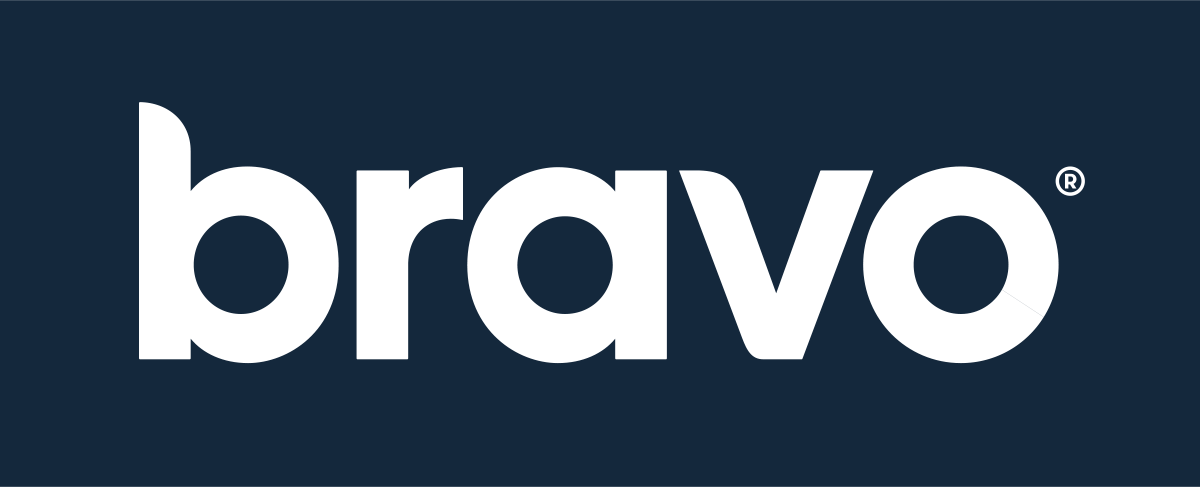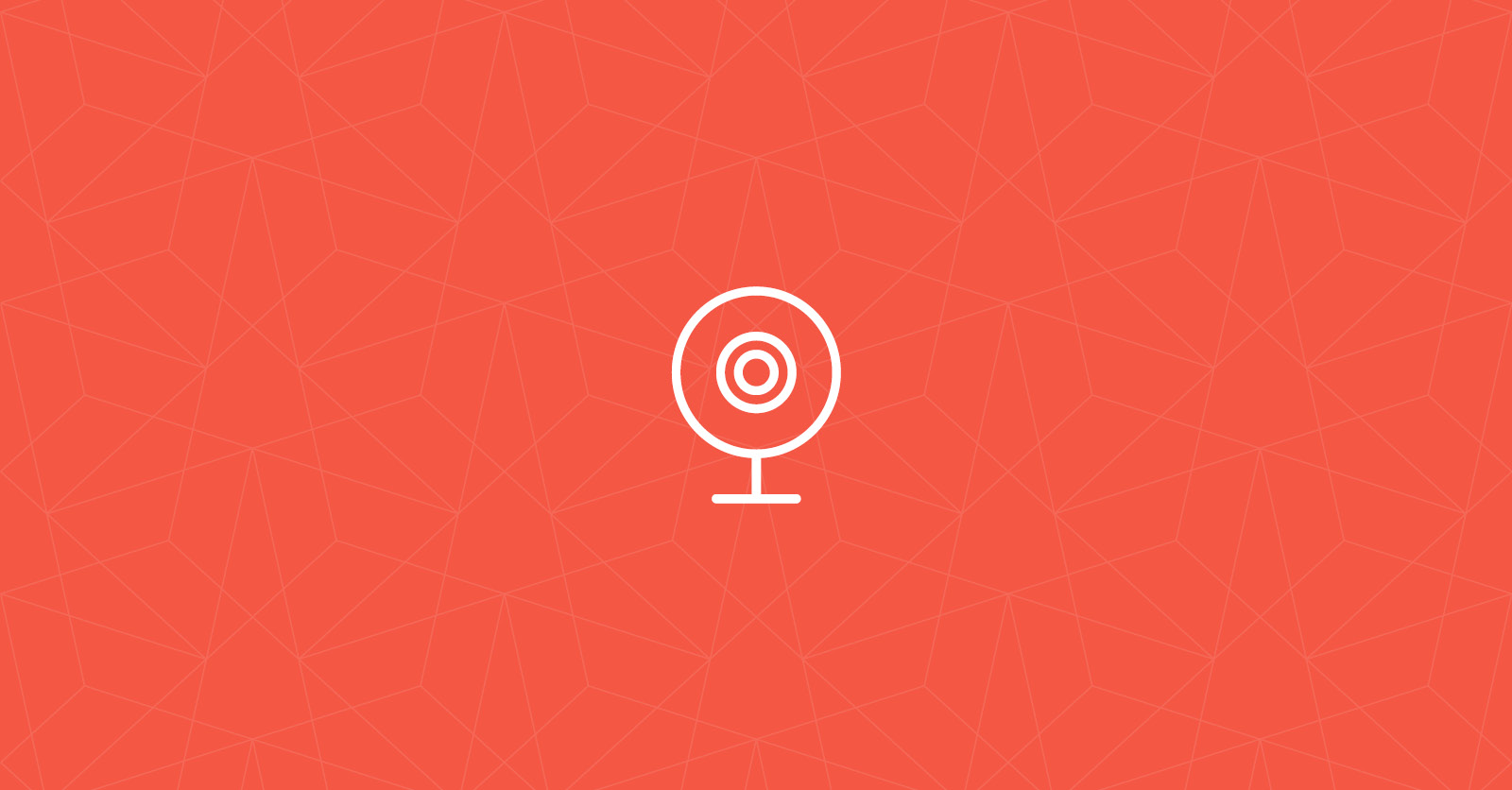Scene: Your Dining Room – Daytime
It’s 2 p.m., and you’re on your third video call (and coffee) of the day. Your eyes bounce all over the screen, hyper-aware that everybody can see you, but at the same time, maybe nobody at all is looking at you. You nod with points you agree with, and when it’s your turn to speak, you do so with a smile. Other than the computer screen in front of you, this all feels like an ordinary meeting.
The meeting wraps up; everybody says goodbye and waves in that standard, laggy, hand-takes-up-the-whole-camera wave. The meeting window closes, and you nearly rip your headphones off your head. You let out a huge exhale – “Was I holding my breath that entire time?” Your brain and body are screaming at you to shut the computer and take a break. You’d love to, but you have to hop on another meeting.
You probably have Zoom fatigue.
Why does Zoom fatigue occur?
Nearly everyone who uses video conferencing for remote work or social gatherings experiences this. Having Zoom fatigue could signify that your body is working exactly how it’s supposed to.
The COVID-19 pandemic not only changed the way we worked during lockdown but employees’ expectations of work. A summer 2021 survey found that over half of respondents wish to remain fully remote once the pandemic is over, and nearly forty percent of respondents want to work in a hybrid environment. Since employees want to work from home, Zoom fatigue may be a real issue just starting to take shape.
Stanford recently published a study about the psychological effects of Zoom fatigue - what causes Zoom fatigue and some ways we can alleviate it. In summary, video calls can exhaust us more than in-person conference meetings because:
1. Being a public speaker is stressful.
Instead of everyone looking at an in-person speaker, it seems like everyone is looking at you to speak, which may place unconscious stress on your brain. Those faces are large and up-close, which, during in-person situations, usually denotes a high-intensity conversation (which is also stressful). Try minimizing your screen, turning off the grid option or turning off your camera to relieve the stress of constantly being observed.
2. Constantly seeing yourself in the grid may cause you to be more critical of your actions and behavior.
Try hiding the self-view. It’s unnatural to stare at yourself for hours on end, so why bring that added pressure into a work meeting where the stakes may already be high?
3. Staying within the camera frame reduces mobility.
Research shows that people are more cognitively competent when they can move naturally. Have a conversation with your team and see if they would be open to taking the next meeting as an audio call. If you’re in a meeting that doesn’t require screen sharing, try taking a walk and calling in. Meeting off-camera not only allows you to check off exercise for the day but also take a much-needed break from the screen.
4. It's harder to convey nonverbal cues and gestures on video than in person.
Video calls confine your body to a small space on someone else's screen, which means exaggerating nonverbal gestures so that they can be perceived at all. While nonverbal cues and gestures are still important, you can probably get away with turning your camera off for calls that aren't mission-critical to reserve cognitive bandwidth for conveying agreement, confusion or other emotions visually.
Okay, but what is Zoom fatigue?
“What?” is an excellent question because Zoom fatigue is not really a concrete thing—yet. Heck, calling it “Zoom fatigue” isn’t accurate because many companies use other video conferencing platforms.
Stanford published a paper that seeks to measure the psychological effects of video conferencing by creating a Zoom Exhaustion and Fatigue scale, which tracks symptoms and their severity across five dimensions: general, social, emotional, visual and motivational. Below are the possible signs of Zoom fatigue that the scale uses. The prompt for the items are, “After video conferencing...”
- General Fatigue:
- I feel tired.
- I feel exhausted.
- I feel mentally drained.
- Visual Fatigue
- My vision gets blurred.
- My eyes feel irritated.
- I experience pain around my eyes.
- Social Fatigue
- I avoid social situations.
- I just want to be alone.
- I need time by myself.
- Motivational Fatigue
- I dread having to do things.
- I don't feel like doing anything.
- I often feel too tired to do other things.
- Emotional Fatigue
- I feel emotionally drained.
- I feel irritable.
- I feel moody.
Why is Zoom fatigue bad for you?
Zoom fatigue symptoms can negatively impact mental and physical well-being, productivity and employee engagement. Plus, they show up after the video calls—when you’re supposed to be getting your work done, or worse, getting ready for the next call. There is some serious counter-productivity happening here!
Although there is not yet research to support it, one could suspect that Zoom fatigue may contribute to employee burnout, which is characterized by exhaustion in the workplace, which Zoom fatigue can also cause.
What can we do about Zoom fatigue?
Many studies show that too much sitting and too much screen time are bad for your health. But if your employees have days packed with meetings or feel like they can’t take breaks, they are powerless to change their circumstances and may be at risk for burnout, which poses a significant threat to their livelihood and your company’s success. As a manager or HR leader, it’s important to equip employees to reduce symptoms for themselves and ensure your culture supports them in those efforts.
The advice in this article offers tips on what to do during a meeting to reduce these symptoms. But you may also want to look at reducing meeting frequency, scheduling optional meetings, and taking time off to increase productivity and reduce the occurrence of Zoom fatigue.
Dr. Art Markman, a contributing writer for Harvard Business Review and other publications, argues that taking a break from work can make you better at your job while improving your mental health.
A change of scenery and a shift of focus are the keys to taking your mind off work. Staring at an unfinished task isn’t beneficial. Tucking it into the back of your mind and switching gears to do something you enjoy can refresh how you thought about it and possibly provide new solutions. If you can accomplish this, your brain can relax and give you a sense of calm. That calm can make a return to work much more manageable, and you’ll find out that nothing bad happened while you were gone.
Not only does taking downtime for yourself have mental and productivity benefits, but how you spend your downtime can be physically beneficial. Taking a walk, exercising, chatting with friends away from work are all activities that are physiologically good for you – when you move and give your brain something to reward you for, your work and life will improve.
Want to hear more from Dr. Markman? Listen to his full interview on our podcast, Health Is On The Way.
Zoom fatigue is another element of our work life that can negatively impact our mental health, which does no favors for our physical health. To give your employees the best possible advantage in the workplace and their personal lives, start advocating for their health.
Bravo is here to help employees take charge of their health. When you create an employee wellness program, you empower and encourage your workforce to continuously make healthy lifestyle choices which is an often-overlooked component to improving how employees feel both on and off-screen.


